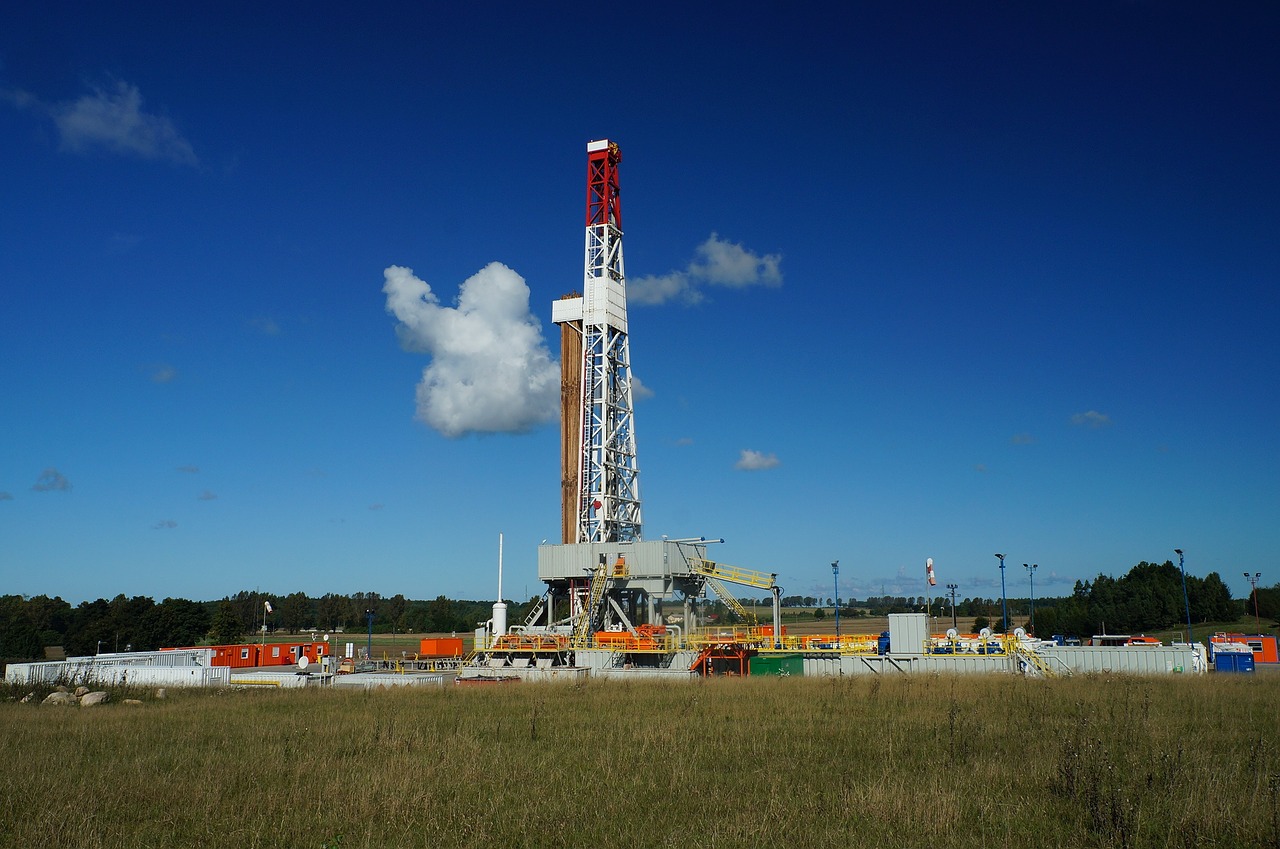The outlook for oil production remains positive. The first half of the year will likely be flat to up, with oil production expected to increase by about 800,000 bpd. Hess Corp. is considering adding a fourth rig to its North Dakota operations. But, the outlook for the second half of the year is more optimistic. According to BTU Analytics, the U.S. Energy Information Administration projects a 962,000 bpd increase in production by year’s end.
Offshore drilling
An entry-level roustabout is expected to be up to the task and to avoid complaining. This is because first impressions count, and rig managers can tell if an entry-level roustabout is up to the task in a year. If they find the apprentice’s skills promising, they may even be promoted to roughneck within two years. This may sound like a lofty goal, but the offshore oil drilling world is a challenging one.
Offshore drilling is a process of accessing petroleum trapped in rock underneath the ocean. Students will be able to identify wells and offshore platforms, calculate their distances from land, and characterize the locations of these platforms and wells. They will also be able to determine whether most of the platforms and wells are in shallow waters or deep waters. The next step in the process is to complete a well and to produce oil or gas.
Perforating gun
The demand for perforating guns is highly dependent on oil & gas company activities. Natural gas prices are subject to large fluctuations and are directly affected by many factors, including weather, governmental regulations, and other variables. Additionally, the price of oil fluctuates greatly, as well, and natural disasters have a direct impact on prices. Therefore, the supply and demand of perforating guns are highly dependent on these factors.
A perforating gun is used to create holes in heavy-walled product casings. The cement forms a heavy seal to prevent liquids from reaching the wellbore. To remove the cement and make a hole in the casing, holes must be drilled through it. A perforating gun uses shaped explosives to make the holes. There are two types of perforating guns, the reusable hollow gun and the expendable gun. The former uses a steel tube to secure the charge, and both leave very small debris in the well.
Steam injection methods
During the early stage of the experiment, the displacement pressure difference reflected the initial pressure of steam. The difference rapidly decreased in the transition from steam flooding to gravity drainage. The difference remained constant after that. As the well spacing increased, the pressure difference decreased. As the oil produced decreased, the steam chamber was not fully developed. The most critical point during the experiment was the early spacing of the horizontal steam injection well. The experiment was conducted at a field scale model.
While California is the ground zero for steam injection, the practice is used in other oil-producing regions, including the tar sands of Alberta and the Venezuelan region. The technique aims to dilute heavy hydrocarbons while eking out the last bit of oil from the ground. It works best in shallow formations, as they are nearer sources of water. Steam-assisted oil drilling is a highly energy-intensive process, since natural gas is used to heat water and transform crude oil.
Long hole drilling
While you’ve likely seen commercials for orange juice, you might not know that oil drilling is a complex and dangerous process. Drilling a hole deep into the earth is the first step in the process, but it’s far more complicated than that. To start the process, a driller will use a long bit attached to a “drilling string” and a steel pipe, slightly smaller than the diameter of the hole. Once the drill bit is in place, the driller will drop the steel pipe into the hole, often filling the steel pipe with cement.
Once the well is drilled, a blowout preventer is installed on the casing pipe. The blowout preventer is activated and drilling continues. Long hole drilling for oil is also called horizontal drilling or directional drilling. Once the well is completed, the drilling operation will continue to the desired depth. After the well is complete, it will be completed with the same steps as the vertical drilling. Long hole drilling is a popular method of oil drilling, and it helps minimize above-ground land disturbance.

